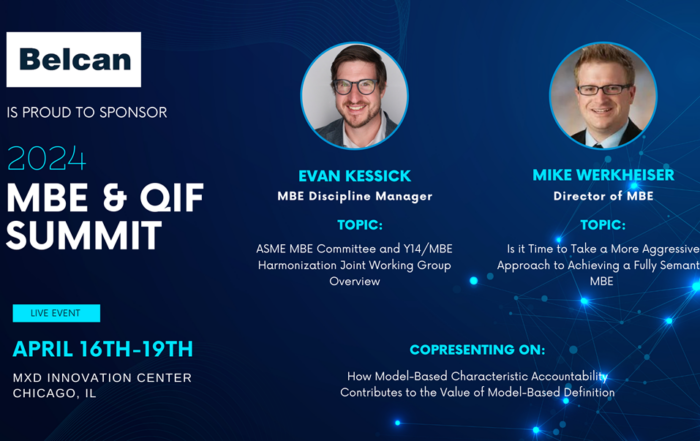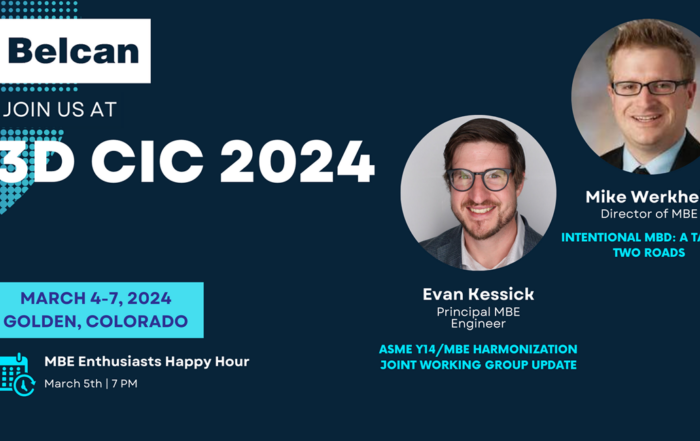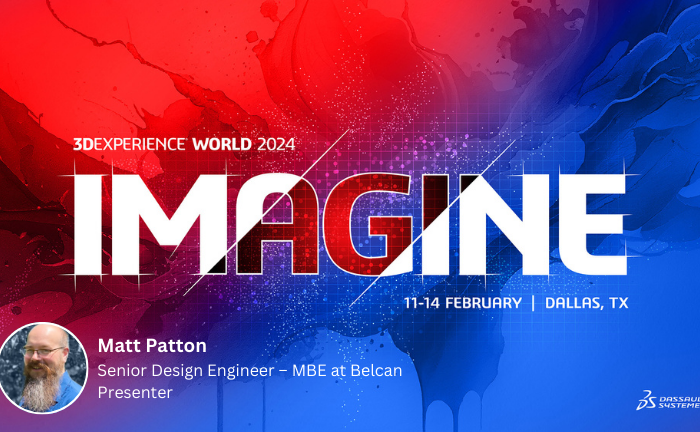The American Society of Mechanical Engineers (ASME) is a leader in standards development, playing a pivotal role in today’s engineering industry. ASME was originally founded in 1880 as an organization of mechanical engineers dedicated to better the understanding of their role during the rapidly changing era of industrialization and advancing the discipline of engineering as a whole. While ASME has grown significantly over the past 140+ years, it still stays true to that original purpose—bringing the engineering community together to collaborate on best practices, drive technological innovation, and solve real world challenges faced by the industry.
More companies are aligning with and adopting industry standards to generate common understanding, interpretation, and language across large multilingual original equipment manufacturers (OEMs) and supply chains. Although not everyone in the engineering world works to standards to do their jobs, holdouts should consider shifting to a standards-based approach because of the benefits it can bring to the organization—and the industry.
Standards promote quality and consistency by providing guidelines and requirements for how work should be done and what must be included to ensure best practices. Standards also facilitate improved data interoperability between systems and organizations. Considering the extensive variety of tools and evolving technologies in use across the industry, it’s more crucial than ever that organizations reduce compatibility issues and enable seamless data integration.
To continue to facilitate excellence within the industry, standards must undergo regular revision as technology changes and best practices age or become obsolete. For that reason, ASME standards that are relevant to model-based definition (MBD) and the model-based enterprise (MBE) are currently evolving to encompass the best practices of a changing industry.
How Are ASME Standards Evolving to Be More Digital?
In April, many of the ASME Y14 standards committees, including the Y14.41 Digital Product Definition Data Practices committee and the Y14/MBE Harmonization Working Group, met in Orlando, FL to discuss existing professional standards and how they need to adapt to accommodate the needs of MBE and MBD activities.
Throughout committee meetings, extensive discussion took place on adapting and harmonizing standards with one another to maximize digital capability. The Y14.41 meetings specifically focused on topics including terminology and classification codes, ensuring human readability, and improving downstream consumption.
Terminology and Classification Codes
Like any standardization organization, ASME has defined an array of common terms that are used throughout their standards. When working with defined terms in the engineering space, it is important to acknowledge the potential nuances that can arise with different use cases, especially in a model-based context which may not have been considered during initial definition.
Right now, the industry is in a time of transition where 2D methods are beginning to be replaced with 3D and model-based practices. Such a major shift can muddy the waters with pre-existing terms, which is why it’s crucial to ensure that terminology is clear and captures the right scope. With that in mind, subject matter experts flagged and discussed specific terms that they felt could have several different use cases and interpretations for digital that may not be supported by the current definition.
In addition to revisiting terminology, it is also important that standards are authored to complement and support all classification codes. Classification codes were originally introduced in Y14.100 and transitioned into Y14.41 in the last revision. In the latest revision of Y14.41, classification codes are planned to expand and include more detail to fit all use cases across the entire engineering ecosystem—from 2D drawings to MBD.
Classification codes categorize product definition data sets based on their 2D and MBD aptitude. With the goal being for MBD to serve as the authoring source, the maturity state of the 3D CAD model will help to determine the classification code. As more digital artifacts are introduced and digital capabilities grow, the corresponding classification code will increase.
Ensuring Human Readability
ASME Y14 committees are hyper-focused on standardization of work and operations because such standardization helps harmonize a single interpretation between humans and machines. As the industry continues to shift towards digital methods, workflows become technologically reliant, and machines are becoming more capable of data consumption, visual human interpretation must still be accounted for.
Human readability is important for a slew of reasons. For example, humans will still play a large role in authoring and interpreting product manufacturing information (PMI) even as digital transformation adoption continues to grow. As industry standards continue to adapt to digital, humans are needed to ensure PMI is authored to comply with the revised standards and convey proper fit and function. Humans are also needed to ensure machine interpretation is accurate to comply with these standards. Even though machines have advanced, they do not have the ability to understand design intent or identify a discrepancy in the design intent and will execute PMI without question, even if it is incorrect.
While opinions on the importance of human readability may vary based on the specific use case, subject matter experts nevertheless recognize that it’s a major consideration when updating standards.
Improving Downstream Consumption (Interoperability)
Improving downstream consumption is a vital factor in measuring ROI, enabling traceability and data reuse, extending the digital thread, and assessing the overall success of a digital transformation.
Y14.41’s intent is to facilitate and support the creation of product definition data. The standard does not currently account for the scope of the entire product lifecycle. However, with the goal of replacing 2D drawings with MBD as the authoritative source, it becomes crucial to consider downstream phases and how model-based engineering data will translate and enable a traceable digital thread across the product lifecycle.
Even though it is not currently mentioned in the documentation, standards do rely on CAD-neutral formats and plugins from CAD vendors to support data interoperability downstream. As the industry continues to work toward MBD, there will likely be increased communication about the auxiliary software and tools needed to improve downstream consumption and successfully operate in model-based environments.
Creating and Driving Change
Industry standards are a long-term game in terms of creation, refinement, implementation, and adoption.
Considerable time, thought, and deep conversation among experts goes into the creation and amendment process. While this process can be tedious, a thorough approach ensures that safety and best practices are always at the root of each standard.
To initiate the implementation and adoption of something new within the engineering industry in a sustainable way, it is important to drive the value or desired interpretation through a standard. The fastest way to drive change and implement something new is either to create a homegrown tool or to partner with a software provider to create a customized solution. The drawback to creating a homegrown tool is the heavy lift upfront to create and customize the application. Additionally, constant maintenance will be required. Working with a software provider downstream to implement and standardize the solution will require less work and maintenance, but there is still a germination period the customized solution will have to go through to gain industry traction.
The Importance of ASME Involvement
The creation and evolution of standards rely on the time, attendance, and contributions of professionals in the field. Having the perspective of varying skill levels – from beginners to subject matter experts – is valuable within committee meetings as it promotes different thought processes, enhances problem solving, and fosters long-term growth.
ASME involvement requires not only a level of personal commitment but also a level of organizational commitment to fund the travel and dedicate the time for resources to support these initiatives. The contributions of individuals are imperative to the success of standards and are ultimately what pushes the industry forward.
Learn more about getting involved with ASME Y14 committees on the ASME involvement page. To support in initiating model-based change, the Y14/MBE Harmonization Working Group is devoted to solving MBD and MBE concerns. For more information on how to become involved, reach out to Belcan working group members here.




